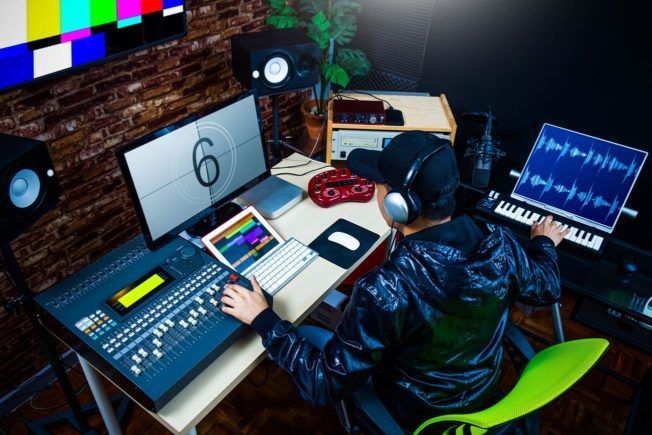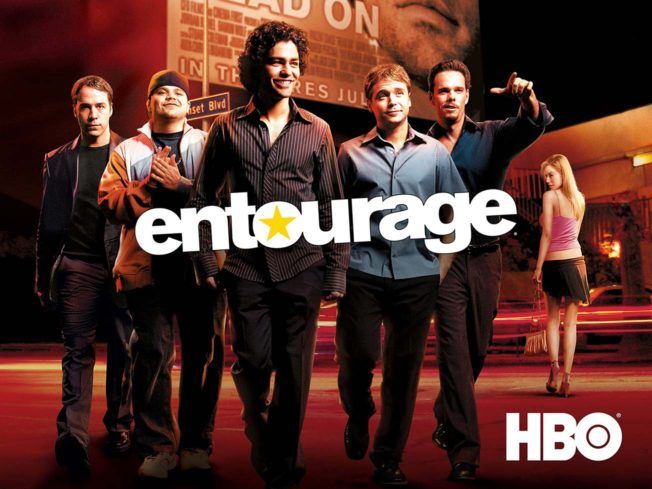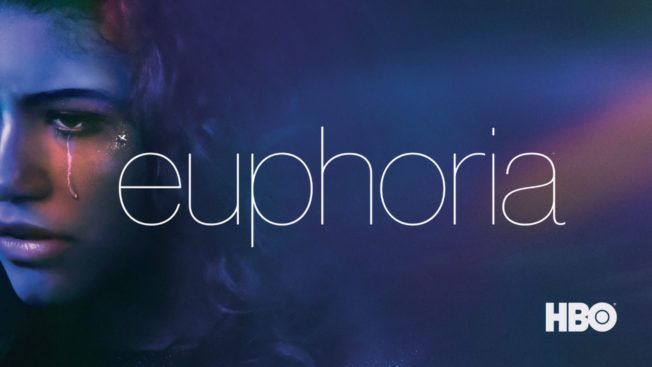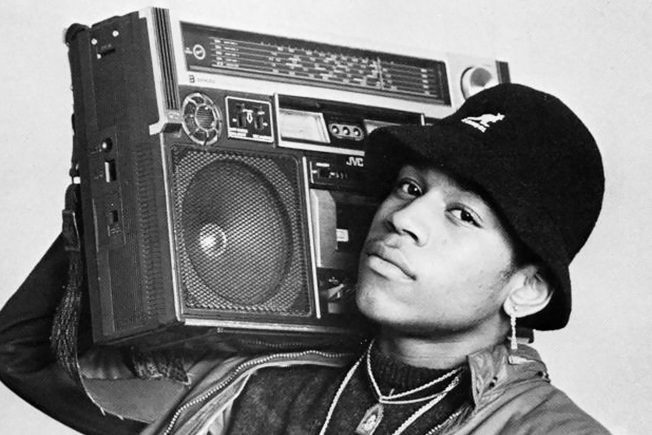What is a music supervisor? Learn the role of a music supervisor and the art of music supervision to reach new audiences with your music.

Exploring Music Supervision
Getting a track placed in visual media is an excellent way for your music to reach a wider audience. To do that you need to understand music supervision. This blog post will go over the basics of music supervision and the role of a music supervisor. It also provides examples of TV shows and movies with excellent music supervision to help you understand where your music might fit.
What Is Music Supervision?
Have you ever watched a movie or television show and discovered a new artist because of background music? If so, you have the music supervisor to thank.
Music supervision is the process of pairing existing music with visual media. Television, movies, commercials, video games , and other visual media platforms rely on music supervision to license existing songs.
Also, music supervision is separate from scoring. The composer hired to write an original score for a media production does not own the master rights to the score. The production company who paid for the score own the master rights. For example, Lucasfilm owns every piece of music John Williams’ wrote for all eight Star Wars films. They can use that music at their leisure for any purpose if they own it.
What Is a Music Supervisor?
A music supervisor oversees all music-related aspects of television, film, advertising, video games, and other existing or emerging visual media platforms. Music supervisors also serve as middlemen between the artists and the companies or directors licensing the music. Artists own their music (most of the time) and companies license the music for their production. As such, a good music supervisor needs to have the industry know-how and good taste in selecting the appropriate music. They also need to know how music and visuals fit together. Moreover, a skilled music supervisor will understand licensing and creative rights.
A significant part of the music supervisor’s job is negotiating terms with whoever owns the music the director wants to use for a production. Most of the time, negotiations are simple. Music supervisors will draw up synchronization licensing contracts and master recording licensing contracts. Together these two licenses allow the master recording to be synched to a production.
However, there are times when a project may necessitate recording a cover version of a song. For example, when the master recording license is too expensive or difficult to acquire within a specific time frame. When this happens, the music supervisor will produce a cover of the requested song. In this case, the music supervisor oversees the entire production. For instance, they find the musicians, book the studio, handle necessary contracts, and more.
These situations are only a few examples of what may arise for a music supervisor. Every production is different and thus requires different musical needs.
How Do You Get Music Supervisors to Notice Your Music?
There are worldwide companies that handle licensing music for various media. These companies are known as performance rights organizations (PRO). PROs collect license fees on behalf of songwriters, composers, and music publishers. They also distribute them as royalties to those whose copyrighted work was used in a public setting.
The two largest PROs are The American Society of Composers, Authors, and Publishers (ASCAP) and Broadcast Music Inc. (BMI). Together, these two PROs represent millions of songwriters and compositions. According to Billboard, in 2018, BMI collected $1.199 billion in licensing fees and distributed $1.12 billion in royalties.
You may have noticed the lack of the word “ music producer ” related to BMI and ASCAP. That’s because music producers who create music with Ableton Live are considered songwriters. For music producers, the best route for placing music in visual media is to become a member of BMI. BMI is better for television and movie placement, whereas ASCAP is more for engineers and other fields in the music industry.
You can become a member by simply paying a fee. Once you’re a member of BMI, your music is in their repertoire. From there, anyone looking to license your music can search for it in BMI’s online database. Once they’ve found it, BMI will ensure you receive royalty payments for your work depending on how it’s used.
Artists whose music is available for licensing through BMI are Claude VonStroke, Zeds Dead, RL Grime, VNSSA, Chris Lake, and more. Also, dozens of shows and movies now use electronic music, including Ozark, Bloodline, Breaking Bad, The Interview, and more. So, the chances of placing your music in visual media are only increasing.
Another solid option for getting your music placed is to approach lesser-known filmmakers. They’re far more likely to place your music. For example, you can pitch music already placed in media such as YouTube video, a film school project, or anything else which has visual context surrounding the emotion your music communicates.
Furthermore, to understand where your music fits, you must study other television shows and movies. Ideally, shows that license a wide variety of genres for different situations on screen. The following television shows are excellent examples.
Television Shows with Great Music Supervision
Here are three popular television shows that get music supervision right.
Entourage

Most television shows use original music in their productions. However, that’s not the case for Entourage. Every piece of music heard on this show is provided by outside artists.
Moreover, because this show is comparable to reality, each song heard pertains to a realistic situation. For example, Vincent Chase and his life-long buddies navigate the film business and experience the full range of emotions. Happiness. Sadness. Love. Heartbreak. Anger. Relief. Gratitude. Fear. Surprise. All supported by excellent music from every genre. Focus on the nuances of each song and how they contribute to the tone of the scene. From there, you can understand what makes a song work in a particular situation.
Breaking Bad

Unlike Entourage, Breaking Bad features an amazing original score. But it also has excellent music supervision. Dave Porter made all the original music for the show, but there were still moments where his eerie compositions were not adequate. That’s when they brought in the music supervisor to find music from other artists. These songs fit the scene at key moments in the show. They also contributed to developing the character.
One prevalent example is the use of Knife Party’s 2014 dubstep hit ‘Bonfire.’ The supervisor placed this track as Walt dives back into the meth trade with a new level of arrogance. This arrogance is represented by his frivolous purchase of a new car for both himself and his son. And the raucous, high-energy brand of dubstep which dominated that year was the perfect backdrop for Walt’s reckless enjoyment of being a criminal again.
Euphoria

This hit HBO show from Sam Levinson explores some of the harshest truths of what it means to grow up. The challenges faced by the characters in this show are severe, daunting, and even cruel at times.
With this in mind, a soundtrack that mirrors the vehement nature of the show was necessary, and Labrinth was a prime choice to provide it. This decision put even more pressure on the music supervision team, though. They had to find existing music that matched Labrinth’s vulnerable score.
They not only succeeded in doing so, but they found music from all genres that fit a show about high school kids. There’s plenty of music made in the previous century that would fit the emotion of the scenes. But a good music supervisor understands the music has to make sense within the context of the characters. For example, this is a show about kids, and kids listen to new music.
In Conclusion
We are living in an age where music is mostly consumed digitally, and that includes visual media. By understanding music supervision, you can open a new door for others to discover and share your music.

Turn your passion for music into a Profession: Learn more about our Music School Programs!
MORE ARTICLES FROM THE ICON BLOG

FIND YOUR SOUND, HONE YOUR CRAFT:
Are you ready to turn music into a career? ICON prepares students to become music producers, composers, performers, recording artists, professional DJs, and entrepreneurs in the entertainment industry. Click below to get information about our award-winning programs:

